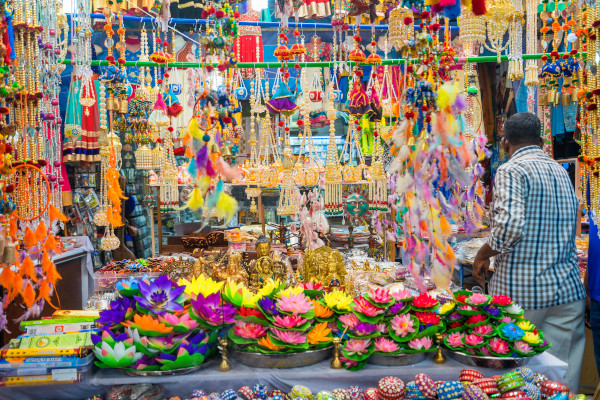A history of nostalgia, culture and changing with the times
With its cultural clusters that are popular pit stops along the tourist circuit, Rochor is a tantalising heritage feast to locals and tourists alike.
2 minutes to read
Comprising of 10 subzones, the Rochor area sits at the cross junction of the suburban Newton and Kallang estates with Downtown Core and the Museum Planning Area to the south.
The historic area is characterised by its cultural clusters that are popular pit stops along the tourist circuit –Kampong Glam, Bugis, Little India, Sungei Road and Victoria Street. The heritage landmarks and architecture that stand today side-by-side with towering skyscrapers and shopping malls, encapsulates the journey of Singapore from a backwater country to its present day status as a first-world nation.
Modern-day Rochor still lives up to its reputation for being a melting pot of ethnicities and the convergence of tradecraft, arts, entertainment and business. The area serves as the main entry point to one of the famous heritage zones of Singapore – Little India.

Perhaps the most iconic landmark in Rochor was the multi-coloured HDB flats of Rochor Centre. Apart from being a popular photoshoot location, the HDB blocks were uniquely built in a "podium-and-tower" style. The development was demolished in 2017, replaced by the upcoming North-South Corridor (NSC) slated for completion in 2026.
Little India
Little India of the past was dotted with lime pits, brick kilns and even a racetrack. What was once a neighbourhood thronged with herdsmen, merchants and garland makers is now a tantalising blend of old and new.
Traditional establishments still continue to operate throughout its dazzling network of streets and cul de sacs; preserving the rich, cultural experience that has made Little India endearing to both locals and tourists alike.
Mosques, churches and temples dot the streets of Little India, offering visitors a glimpse into the ethnic and religious diversity of Singapore. Popular landmarks include Leong San See Temple, Abdul Gafoor Mosque, The Church of the True Light and Sri Vadapathira Kaliamman Temple.

Gold jewellers continue to populate the district along with the scents of incense and garlands. Visitors can see stores displaying the colourful sari – traditional Indian women’s garments – and ornamental decorations, or promoting the unique art of parrot fortune-telling alongside intricate henna tattoo services.
Teh tarik, keema, tandoori, chapathi, sweets and other traditional Indian food are tantalising treats to whet one’s heritage appetite.